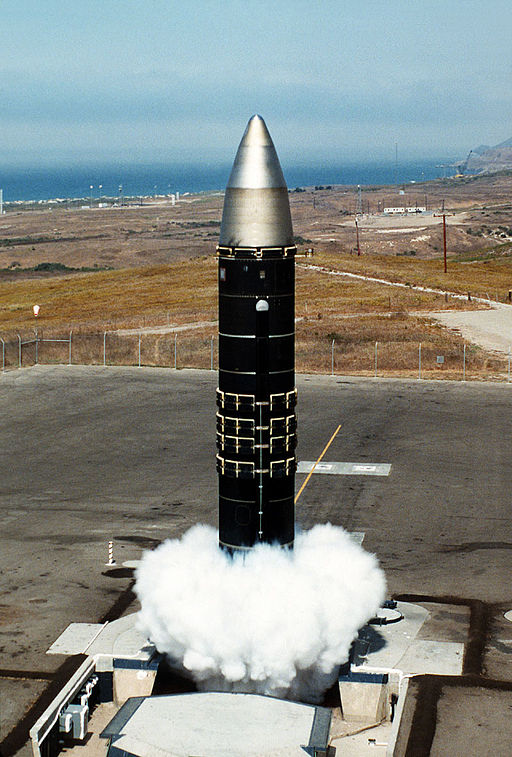The terrain of military advancements has seen the United States foster a deep-rooted relationship with intercontinental ballistic missiles (ICBMs), a journey marked by continuous evolution and technical refinements. These formidable arsenals stand as testaments to the country’s prowess in military technology and strategic deterrence. This article ventures into the historical lineage and delves into the technical intricacies that have defined the trajectory of US ICBMs.
A Historical Perspective
In the post-World War II period, the US initiated its pursuit of developing a range of ballistic missiles capable of delivering nuclear warheads over intercontinental distances. This journey commenced with the inception of the Atlas program in the late 1950s, which marked the birth of the nation’s first operational ICBM. Over the decades, the baton passed through various advanced systems, including the Titan, Minuteman, and Peacekeeper programs, culminating in the modern arsenal that serves as a cornerstone of the US nuclear triad.
Atlas and Titan: The Trailblazers
The Atlas missile, the first operational ICBM of the US, was a marvel of its time, showcasing groundbreaking innovations in propulsion and guidance systems. This was closely followed by the Titan series, which introduced a two-stage rocket design, offering greater payload capacities and enhanced range capabilities.
Minuteman: The Pillar of Strategic Deterrence
The Minuteman program, initiated in the early 1960s, revolutionized the US ICBM landscape. The introduction of solid fuel technology marked a significant departure from the earlier liquid-fueled Atlas and Titan missiles. This transition allowed for quicker launch times and reduced maintenance requirements, enhancing the readiness and reliability of the missile system. Over its several iterations, the Minuteman program has embodied continuous advancements in targeting accuracy and payload capabilities.
Technical Intricacies: A Glimpse into the Heart of US ICBMs
Understanding the technological marvel of US ICBMs necessitates a detailed exploration of their core components and operational dynamics. Let’s delve deeper into the technical facets that define these formidable systems:
Propulsion Systems
The propulsion systems of ICBMs have seen a significant evolution, from the initial liquid-fueled engines to modern solid propellants. These systems are designed to offer the thrust necessary to propel the missile over intercontinental distances, with advancements focusing on enhancing fuel efficiency and reducing ignition times.
Guidance and Control Systems
The guidance and control systems of ICBMs are engineered to ensure pinpoint accuracy in targeting. Incorporating technologies such as inertial guidance and GPS, these systems offer a high degree of reliability and precision in directing the missile to its intended target, even across vast intercontinental distances.
Warhead Technology
Warhead technology represents the pinnacle of innovation in ICBM development. Modern US ICBMs are equipped with Multiple Independently Targetable Reentry Vehicles (MIRVs), allowing a single missile to carry multiple warheads, each capable of striking different targets. This technology significantly amplifies the destructive capability of the missile, offering a potent tool in strategic deterrence.
Launch Platforms
ICBMs can be launched from various platforms, including silos, submarines, and mobile launchers. These platforms are designed to offer a high degree of survivability, ensuring the readiness of the missile system even in the face of a pre-emptive strike.
Conclusion
The journey of US ICBMs is marked by a ceaseless quest for innovation and technical refinement, molding them into potent instruments of strategic deterrence. As we traverse through their historical lineage and explore their technical nuances, we witness a rich tapestry of advancements that underline the nation’s commitment to safeguarding its strategic interests. As these systems continue to evolve, they promise to embody even greater levels of sophistication and capability, marking a continuous trajectory of growth in the domain of military technology.



